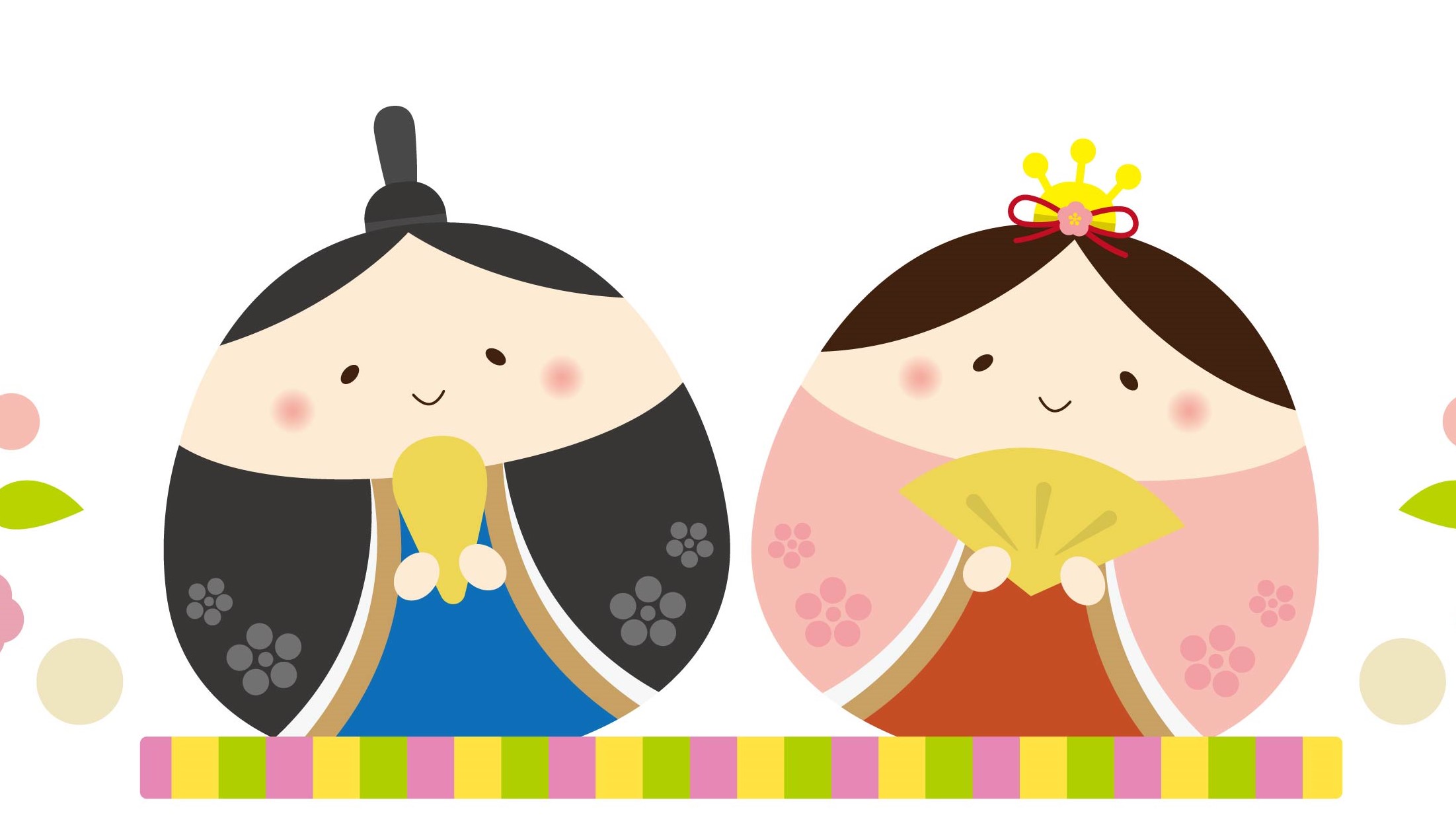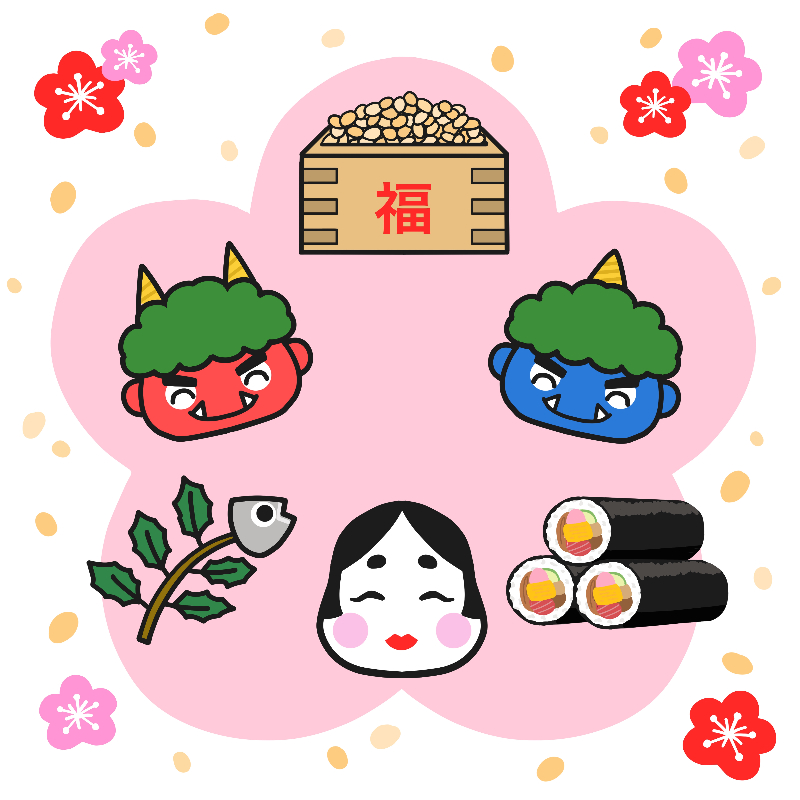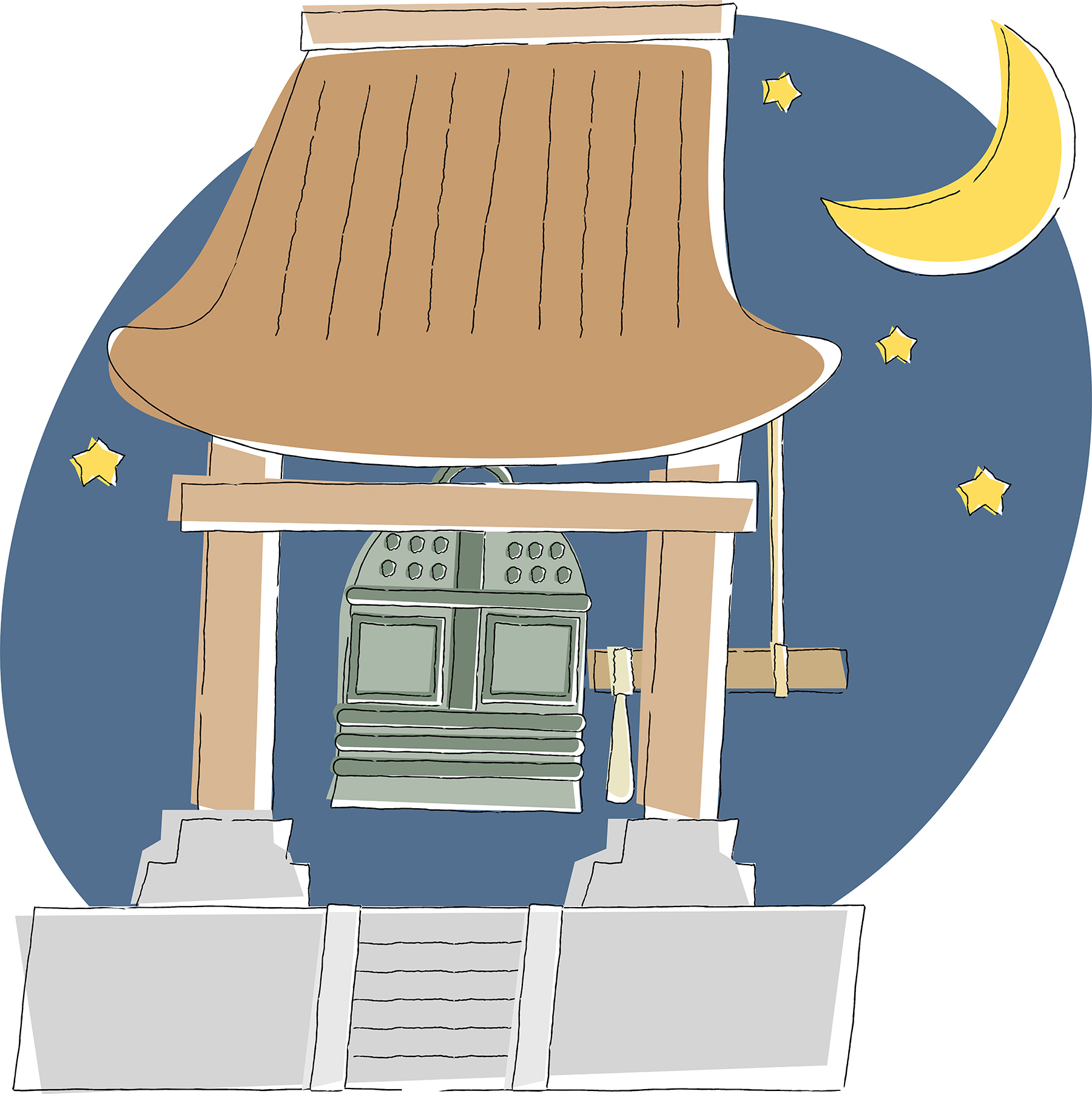
たまごから考えよう
 Students work through a series of tasks and activities on the theme of ‘eggs’ to develop intercultural understanding.
Students work through a series of tasks and activities on the theme of ‘eggs’ to develop intercultural understanding.
How to use the unit of work
This unit of work consists of a PPT presentation and task sheets at two levels, junior secondary and senior secondary. It is made up of four parts including activities and tasks.
- Exploring eggs – food culture
- Where do eggs come from? – rearing conditions
- What action can we take? – ethical concerns
- How about in Japan? – cultural factors
Why たまご?
Eggs are one of the most popular foods around the world and they are a common cooking ingredient both in Australia and Japan. But have you noticed how different they can be in terms of colour, how many different ways they can be eaten, and how expiry dates can be influenced by different environmental and cultural factors?
This is an example of how culture and customs can be learned by studying something as simple as eggs.
Studying how eggs are produced and the different ways that chickens are reared can highlight differences in values relating to consumerism, and to the relationship between animals and humans in modern society. Exploring the processes of production and consumption in different cultures can provide students with opportunities for better intercultural understanding.
Part 1 : Exploring eggs - food culture (PPT 3-15)
Here, students focus on eggs as a familiar part of their lives, and explore different aspects of eggs within Japanese and Australian food culture through quizzes.
Activity 1.1 (PPT5):
Students write down their favourite egg recipe. Students can use either Japanese or English depending on their Japanese levels. Alternatively, students can search online for egg recipes from around the world.
Activity 1.2 (PPT13):
Students find out how egg shells and membranes are used in daily life.
Answer:


Research task 1.3 (PPT15):

Students conduct a class survey on how often they eat eggs and what type of eggs their family buys. They discuss the results of the survey in class.
Part 2 : Where do eggs come from? – rearing conditions (PPT16-28)
Students explore the rearing environment of chickens. These activities are designed to raise students’ awareness of ethical considerations in the egg industry.
Activity 2.1 (PPT27-28):
 Let’s experiment – Students cut a sheet of paper into the size of a cage (20cm sq) and stand on it.
Let’s experiment – Students cut a sheet of paper into the size of a cage (20cm sq) and stand on it.
Activity 2.2 (PPT29):

Students try to imagine what the chicken is feeling and write it down.
Part 3: What action can we take? - ethical concerns (PPT30-34)
Students find out about the current situation regarding rearing conditions in Australia, and what actions are being taken by retail companies and other organisations such as the Olympic committee.
Research task 3.1 (PPT32):
 Students research the sale of free range eggs in their local supermarket.
Students research the sale of free range eggs in their local supermarket.
Students can download free range egg detecting apps. https://www.choice.com.au/about-us/products-and-services/cluckar-mobile-app
Activity 3.1:
Extra readings for senior students
Senior students can read いろいろなとりくみ and investigate actions taken by companies.
Activity 3.2 (PPT34):
 Students give opinions on what they think is important when buying eggs.
Students give opinions on what they think is important when buying eggs.
Useful words and expressions for junior and senior students are provided on the worksheet.
Part 4: How about in Japan? – cultural factors (PPT 35-42)
Students explore differences between Australian and Japanese consumer and producer perspectives regarding eggs to deepen their understanding.
Activity 4.1 (PPT39):
 Students look at the packaging of eggs in Japan and Australia to compare and contrast how producers appeal to consumers and how they are influenced by cultural factors.
Students look at the packaging of eggs in Japan and Australia to compare and contrast how producers appeal to consumers and how they are influenced by cultural factors.
Japanese example packaging : http://www.showa-keiran.jp/feature/feature_01/
Discussion points:
Why お米, vitamin E? – According to the producers, their chickens are fed rice to give them vitamin E.
Who is on the package? – The farmer, who is considered trustworthy.
Why is it in transparent plastic? – Consumers can see the condition of the eggs without opening the package.
Activity 4.2 (PPT40):
Students watch a video on egg production in Japan. The video reveals how Japanese egg producers are using highly computerized machines to clean, check and package eggs at a high level of hygiene, so that the eggs can be safely eaten raw.
www.youtube.com/watch?v=8zJqa30EJtk&feature=youtu.be
Activity 4.3 (PPT41):
 Students read Japanese people’s opinions about eggs to find out which eggs they buy, and for what reasons.
Students read Japanese people’s opinions about eggs to find out which eggs they buy, and for what reasons.
Activity 4.4 (PPT42):
 Students discuss in class what Japanese people consider when buying eggs, the reasons why many Japanese people have not taken up free range eggs, and if there are ways for them to continue their cultural practices while respecting animal welfare. Students come up with some suggestions for Japanese consumers.
Students discuss in class what Japanese people consider when buying eggs, the reasons why many Japanese people have not taken up free range eggs, and if there are ways for them to continue their cultural practices while respecting animal welfare. Students come up with some suggestions for Japanese consumers.
End of unit task
Pre-task (PPT44):
 Students design and create packaging for free range eggs, describing and promoting free range eggs to Japanese consumers.
Students design and create packaging for free range eggs, describing and promoting free range eggs to Japanese consumers.
Assessment Task (PPT45):
 Students create a role-play in Japanese and perform it in class for assessment.
Students create a role-play in Japanese and perform it in class for assessment.
Model dialogues for junior and senior levels can be found in the worksheet.
Reference
Animals Australia (2017 April 13) Victory! Woolworths dumps cage eggs, retrieved in 2018 <http://www.animalsaustralia.org/features/woolworths-to-phase-out-cage-eggs.php>
Animals Australia (2014) Two years on, what has Australia’s biggest campaign against factory farming achieved?, retrieved in 2018 <http://www.animalsaustralia.org/features/MIP-anniversary-2014.php>
Animals Australia (2017 February 23) Subway takes a stand against battery cages!, retrieved in 2018 <http://www.animalsaustralia.org/features/subway-to-drop-cage-eggs.php>
Australian eggs limited (2019 November 1) Annual reports, retrieved in April 2020 <https://www.australianeggs.org.au/who-we-are/annual-reports/#item-751>
Farmers weekly (2009 December 07) Lion free range eggs to feature at 2012 London Olympics, retrieved in 2018 <https://www.fwi.co.uk/livestock/poultry/eggs/lion-free-range-eggs-to-feature-at-2012-london-olympics>
Japan Livestock Technology Association (2015 March) Sairankei no shiyou jittai ankeeto chousa houkokusho, [Report on the actual condition of the breeding of egg-laying chickens], retrieved in 2018 <http://jlta.lin.gr.jp/report/animalwelfare/H26/factual_investigation_lay_h26.pdf>
Kewpie Corporation(2013, January 11)Sore wa tamago no kara wo nani kani tsukau kotoga dekinaika kara hajimatta, [It started with how can you use the egg shell for something], retrieved in 2018 <http://www.ecology-life.jp/manufacturer/kewpie/2/>
Ministry of Foreign Affairs of Japan [website] Web Japan (2015 November 10) ‘Speedy and safe Japan’s egg technology’ <https://www.youtube.com/watch?v=8zJqa30EJtk&feature=youtu.be>
Nihon Mtecs (2020 May 22) Natural Style Egg Wall, retrieved in March 2020, <https://nmtecs.jp/eggwall/>
Nihon Mtecs (2020 May 22) Tamago no coostaa [egg coaster], retrieved in March 2020 <https://www.to-tama.jp/>
Nurse stage Inc. (2020, May 22) Eggshell membrane powder formulated wear, <https://www.nursery.co.jp/topics/eggbale/>
Shimura Group (2020 February 18) Niyuuisseiki no shinsozai tamago kakumaku wo tsukatta shimushimu tamago kuriimu shin toujou [Newly produced “Simsim egg cream” made from “egg membrane film”, new materials of the 21st century”], retrieved in March 2020 <https://prtimes.jp/main/html/rd/p/000000001.000054029.html>
Tamago ya shouten(2020 May 22) Tamago no kara 100% yuuki sekkaishitsu hiryou [100% organic limestone fertilizer from eggshell], retrieved in March 2020 <https://www.tama5ya.jp/product/250>
The Japan Times (2018 January 18) Olympic athletes unlikely to eat free-range eggs in 2020, if Japan’s farmers have their way, retrieved in 2018 <https://www.japantimes.co.jp/news/2018/01/11/national/olympic-athletes-unlikely-eat-free-range-eggs-2020-japans-farmers-way/#.Wn6coyWuyUk>
The Sydney Morning Herald (2017 January 4) Caged eggs sales continue to slide: Australian Egg Corporation annual report, retrieved in May 2020 <http://www.smh.com.au/business/consumer-affairs/caged-eggs-sales-continue-to-slide-australian-egg-corporation-annual-report-20170103-gtl61y.html>
Think waste (2019 April 4) Rankaku 60% haigo no baio pula wo kaihatsu – samurai toreedingu [Developed a bio plastic containing 60% eggshells – Samurai trading], retrieved in March 2020 <http://thinkwaste.net/recycling/2339>
The contents of this resource were created by Ayuko Suma in 2018 and coordinated and published by Himiko Negishi-Wood (June 2020).




